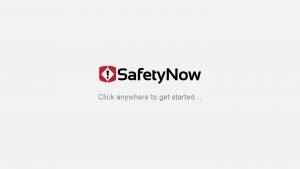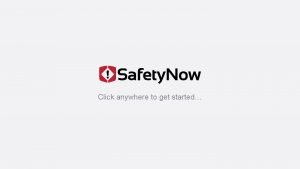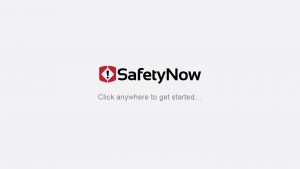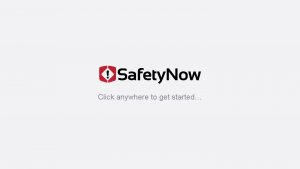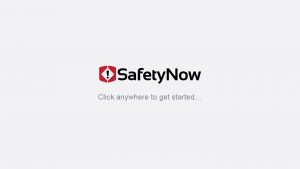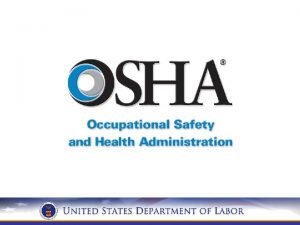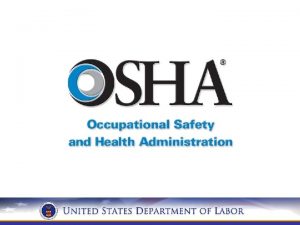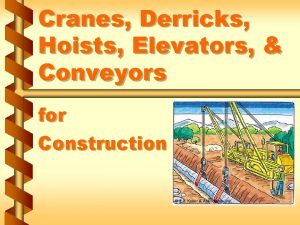Click anywhere to get started Cranes and Derricks










- Slides: 10

Click anywhere to get started…

Cranes and Derricks Operator Qualification and Certification (Construction)

What’s at Stake? The massive cranes that transcend our skylines are imposing devices. Questions… are the operators competent and qualified to operate? . . . How is the safety of operators and workers in proximity ensured and monitored?

What’s the Danger? Manufacturing and construction industries move large, heavy loads. Careful training and extensive workplace precautions and improving technologies have been developed for those operations. Construction sites are among the most dangerous sites in all industry. Osha says that approximately 75% of struck – by fatalities involve heavy equipment such as cranes and trucks.

How to Protect Yourself In 2010, OSHA formulated 4 options for employers to ensure their operators were qualified to operate cranes. • If the employers operated in a state or locality that had specific crane operator licensing laws, then they were required to follow those laws (assuming the laws met certain criteria). • Operators could be certified by passing an examination administered by an accredited testing organization. • Operators could be qualified through the employer’s in-house, but independently audited, testing program. • Operators could be qualified by the United States military.

How to Protect Yourself In May 2018, OSHA issued a new proposed rule related to the operator qualification and certification requirements. OSHA proposed to (1) permanently extend and clarify each employer’s duty to ensure the competency of crane operators through required training, certification or licensing, and evaluation; (2) establish minimum requirements for operator competency; and (3) revise the previous requirement that certification must be based on type and rated capacity, instead just requiring that certification be based on type of crane.

How to Protect Yourself On November 9, 2018, OSHA retained the operator qualification and certification initially established in 2010 that requires crane operators to be certified through one of the four options allowed in the original rule. However, OSHA revised the rule to require certification by “type” of crane only, not “type” and “capacity. ”

How to Protect Yourself The new, final operator qualification and certification provisions require the employer to provide each operator-in-training (i. e. , an operator that has not been certified and evaluated) with sufficient training, through a combination of formal and practical instruction, to ensure that the operator-intraining develops the skills, knowledge, and ability to recognize and avert risk necessary to operate equipment safely. The operator’s trainer must be someone who has the knowledge, training, and experience necessary to direct the operator-in-training on the equipment in use.

How to Protect Yourself Finally, employers must also ensure and evaluate that each operator is “qualified” by a demonstration of the skills and knowledge, as well as the ability to recognize and avert risk, necessary to operate the equipment safely. This evaluation must be conducted by an individual “who has the knowledge, training, and experience necessary to assess equipment operators. ”

Final Word The goal is to ensure that all operators of cranes develop and utilize all the skills, knowledge and ability to recognize and avert risk necessary to operate equipment safely.
 Get in get on get off get out
Get in get on get off get out Injustice anywhere is a threat to justice everywhere essay
Injustice anywhere is a threat to justice everywhere essay Design anywhere build anywhere
Design anywhere build anywhere Practice click
Practice click Click anywhere to start
Click anywhere to start Click anywhere to start
Click anywhere to start Click anywhere to start
Click anywhere to start Click anywhere to start
Click anywhere to start Click anywhere to start
Click anywhere to start Shot me out of the sky you're my kryptonite
Shot me out of the sky you're my kryptonite Clever click
Clever click




